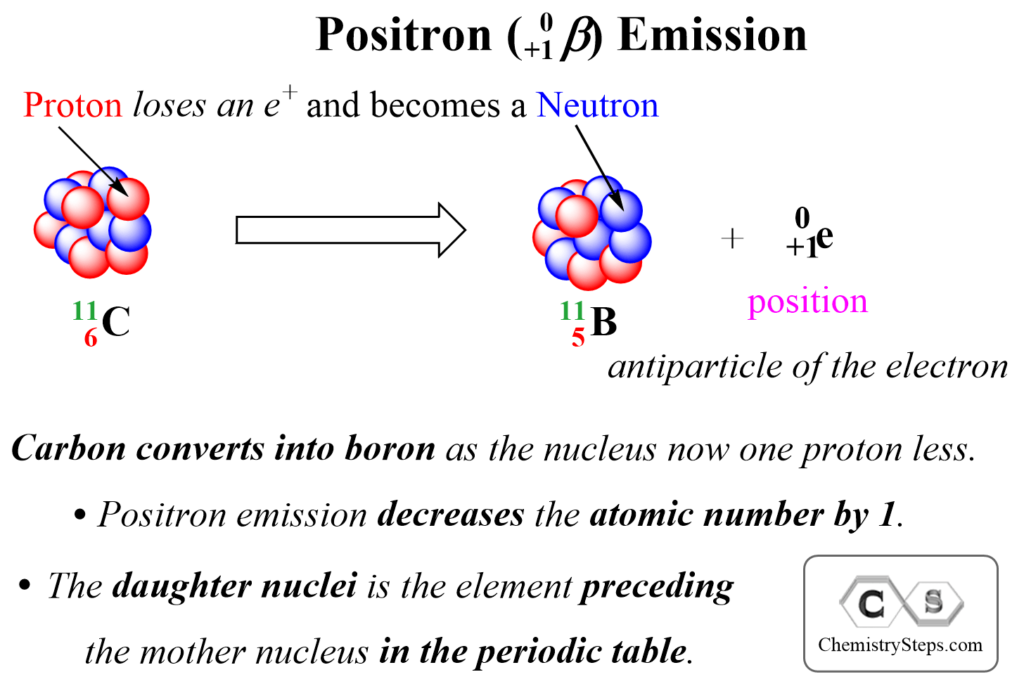Science and faith are often viewed as opposing forces; yet, history repeatedly reveals moments where scientific discovery aligns with theological insight, hinting at a deeper order within the universe. One such moment emerged in the early 20th century when physicists uncovered the positron, a fundamental particle that confirmed the profound symmetry embedded in creation. The story of its discovery—foretold by mathematical elegance and later confirmed by experimental observation—offers a compelling glimpse into the divine fingerprints woven into the fabric of reality.
Paul Dirac and the Prediction of the Positron
In 1928, Paul Dirac, one of the pioneers of quantum mechanics, sought to reconcile Einstein’s theory of relativity with the emerging framework of quantum physics. His pursuit led to the development of what is now called the Dirac equation, a groundbreaking mathematical description of the electron.
But the equation revealed something unexpected—the existence of negative energy states, implying the presence of an undiscovered counterpart to the electron. This was a radical concept at the time; it suggested that for every fundamental particle, there existed a mirror opposite, an antiparticle with identical properties but an opposite charge.
Many of Dirac’s contemporaries dismissed this implication as a mathematical curiosity rather than a physical reality. But Dirac himself held firm, believing that the beauty and coherence of mathematical truth pointed to an underlying order in the universe. His faith in the equation foreshadowed what would later be recognized as one of the most profound discoveries in modern physics.

The Discovery of the Positron: A Moment of Revelation
The theoretical existence of the positron, as posited by Dirac, was confirmed experimentally by Carl Anderson at Caltech a few years later. This discovery was groundbreaking, not only for its validation of Dirac’s predictions but also for its implications regarding the fundamental symmetry of the universe.
The positron, essentially the “brother” of the electron, was a clear indication that for every particle, there exists an antiparticle. This duality within the fabric of the cosmos points toward a balance and symmetry that pervades the natural world—a harmony that many perceive as evidence of a higher order or divine craftsmanship.
Science and Faith: Glimpses of the Divine
The discovery of the positron and other similar breakthroughs in the history of science challenge us to reflect on the nature of our universe and the possibility of a creator. These moments, where theory and observation align in unexpected and beautiful ways, suggest that the laws governing the cosmos are not arbitrary but are instead woven together in a coherent, ordered tapestry.
For believers, such discoveries are scientific achievements and moments of revelation that highlight the presence of God in the intricate details of the universe. They serve as reminders that there is a profound depth to creation that transcends our understanding, inviting us to marvel at the complexity and order that govern our world.
The Role of Humility in Scientific Inquiry
The journey to uncover the secrets of the universe requires intellectual rigor and a sense of humility. The story of the positron’s discovery underscores the importance of remaining open to possibilities that defy conventional wisdom and challenge our preconceived notions.
As we explore the vastness of the cosmos, we are continually reminded of the limits of our understanding and the potential for new, transformative insights. This humility, coupled with a sense of wonder and curiosity, is crucial for both scientific and spiritual exploration. It compels us to acknowledge that beyond the realm of observable phenomena lies a greater reality that we are only beginning to grasp.
Following the Light of Discovery
The intersection of science and faith, as illustrated by the discovery of the positron, offers a fascinating perspective on the pursuit of knowledge and the search for meaning. As we navigate this journey, we are encouraged to follow the light of discovery, wherever it may lead, with an open heart and a mind attuned to the possibilities that lie beyond the horizon.
In doing so, we not only expand our understanding of the physical universe but also deepen our appreciation for the mystery and majesty of creation. This exploration, rooted in both scientific inquiry and spiritual reflection, invites us to consider the profound ways in which the natural world speaks to us of a divine order and purpose.
The Discovery of the Positron: A Moment of Revelation
Dirac’s predictions found confirmation in 1932, when Carl Anderson, an experimental physicist at Caltech, observed positrons in cosmic ray experiments. Using a cloud chamber, Anderson identified particles with the same mass as an electron but carrying a positive charge, matching the characteristics Dirac had predicted.
The positron became the first confirmed antiparticle, demonstrating that the universe operates on a principle of symmetry—for every particle, there exists an opposite counterpart. This discovery was not merely a validation of Dirac’s work; it unveiled a deeper reality about the cosmos. The universe, at its most fundamental level, was structured not chaotically, but with balance and order—a symmetry that many see as evidence of divine craftsmanship.
“The heavens declare the glory of God; the skies proclaim the work of His hands.” – Psalm 19:1
The positron’s discovery speaks to this order, showing that nature operates according to principles that are both mathematically elegant and physically real.
Divine Symmetry in the Structure of the Universe
The existence of antimatter introduces a profound truth: the universe is governed by intrinsic harmony. The electron and positron are equal but opposite, mirroring the binary patterns found throughout creation:
- Light and darkness
- Male and female
- Yin and yang (in Eastern philosophy)
- Good and evil (as understood in moral theology)
This pattern of duality and complementarity is not unique to physics; it is embedded in biblical theology, where creation itself reflects balance and intentional design. Genesis 1 describes a world where order emerges from chaos, light from darkness, and life from dust—a structured progression that echoes what physicists now observe in the physical laws governing the universe.
The discovery of the positron is a modern reflection of an ancient truth—that the universe is not a product of randomness, but of structured intention.
The Role of Faith in Scientific Inquiry
The discovery of the positron serves as a reminder that true scientific progress is driven by faith in reason—the belief that the universe is structured in a way that can be understood. This mirrors the Christian perspective, which holds that God created a world governed by intelligible laws, allowing humankind to search out His mysteries.
“It is the glory of God to conceal a matter; to search out a matter is the glory of kings.” – Proverbs 25:2
Dirac’s unwavering confidence in the truthfulness of his equations, despite initial skepticism, reflects the mindset needed in both scientific exploration and faith—a willingness to trust that reality has deeper layers waiting to be uncovered.
Humility and the Limits of Human Understanding
As scientific discoveries expand our understanding of the universe, they also remind us of how much remains unknown. The positron’s discovery challenged assumptions about reality, just as future findings will likely challenge today’s scientific consensus.
True wisdom—whether in science or faith—requires humility. The more we learn, the more we recognize the vastness of creation and our limited grasp of its full design.
- Science pursues understanding by uncovering patterns in nature.
- Faith embraces mystery by acknowledging the Author of those patterns.
Both disciplines, when rightly pursued, lead to awe and reverence rather than arrogance.
Following the Light of Discovery
The intersection of faith and science is not a battleground, but a journey—one where both disciplines seek truth in different yet complementary ways. The discovery of the positron reminds us that scientific breakthroughs often affirm rather than contradict the existence of order in the universe.
For the believer, such discoveries reinforce the intentional design of creation; for the skeptic, they challenge the assumption that nature is merely the result of unguided processes. Either way, the pursuit of knowledge—whether through scientific exploration or spiritual reflection—draws us closer to the profound reality that the universe is more ordered, intricate, and meaningful than we often assume.
As we continue exploring the mysteries of the cosmos, we should do so with the same openness, humility, and curiosity that led Dirac and Anderson to uncover one of the most profound symmetries in physics—one that ultimately reflects the deeper symmetry woven into creation itself.





